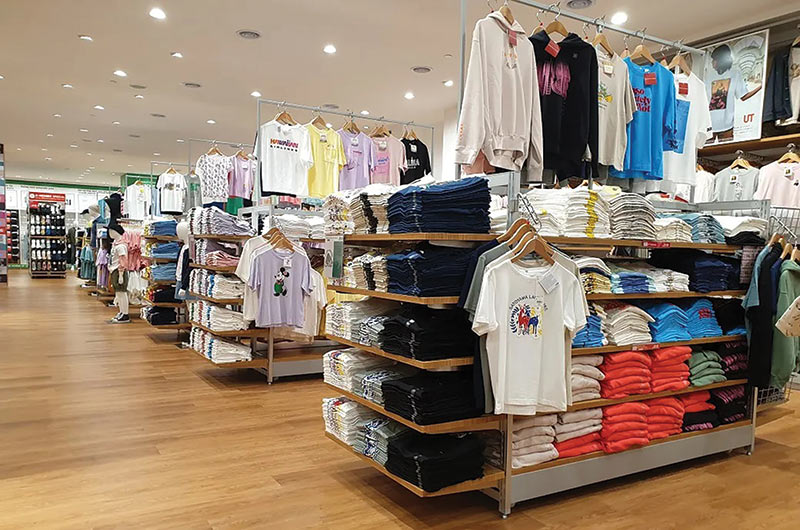Engineering Post Report
Textiles and apparel sector occupies a pivotal position in in Pakistan’s economy having most intensive backward and forward linkages compared to any other sector. It contributes approximately 60 per cent in total exports and 40 per cent in industrial employment. Pakistan is the fifth largest cotton producing country with tremendous potential for further improvement in its share in the world.
According to available figures during July-March FY2023, exports of textile group witnessed a decline of 12.4 per cent and reached US $ 12.5 billion compared to US $ 14.2 during the corresponding period.
Textile sector faced multiple issues including energy shortages, high electricity tariffs, elevated financing costs, and global slowdown. Moreover, the devastating flood had also destroyed the cotton crop which posed severe challenges for the industry.. The zero-COVID-19 policy in China was providing more opportunity for other economies to seize the exports share. Bangladesh grabbed this opportunity with both hands. However, in Pakistan the domestic economic issues were creating in exploiting this opportunity. The other problem was of the turnaround time of exports. Raw material was being imported, processed and re-exported. The turnaround time in Pakistan was 5 to 6 months higher than in Bangladesh which was just 1 to 2 months.
According to U.S. Agriculture Department ‘s “Cotton: World Markets and Trade ” report, the global cotton production in 2022-23 was up to 116.5 million cotton bales and this has been attributed to higher production in China, Mexico, and Uzbekistan. Consumption was lowered more than 500,000 bales to 109.6 million and this was attributed to lower use in Bangladesh. The world’s three largest consumers–China, India and Pakistan were forecast to account for more than half of the global increase. Of the top ten consuming countries, all were expected to have higher use . After significant reduction for India, Pakistan, and Bangladesh in the previous year, a general easing of financial pressures and greater supplies were expected to support consumption.
Pakistan’s textile sector was currently experiencing a shortage of raw material and unavailability of foreign currency for the import of essential machinery, which is hindering production. In that backdrop, many textile firms had suspended their operations, therefore, exports are most likely to remain under pressure until the situation was normalized.
In case of home textiles, bed wear decreased both in quality and value by 23.3 percent and 17.0 percent respectively, whereas towels exports also decreased in both quantity and value by 13.2 percent and 9.1 percent in July-March FY2023. This unsatisfactory performance of towel exports has been attributed to limited access to technology, ineffective image building and brand-development strategies.
Moreover, towel industry is labour intensive, but scarcity of skilled labour obstructed exports growth in terms of quality, productivity and value addition. Knitwear exports grew by 210.6 percent in quality, despite a decline of 9.1 percent in value during July-March FY2023. The exports of readymade garments increased in quantity by as much as 56.8 percent, however, its value declined by 7.2 percent during the period under report. The exports of intermediate commodities like cotton yarn witnessed a decline in both quantity and value by 28.4 percent and 36.9 percent respectively during the same period i.e. July 2022-March 2023.






